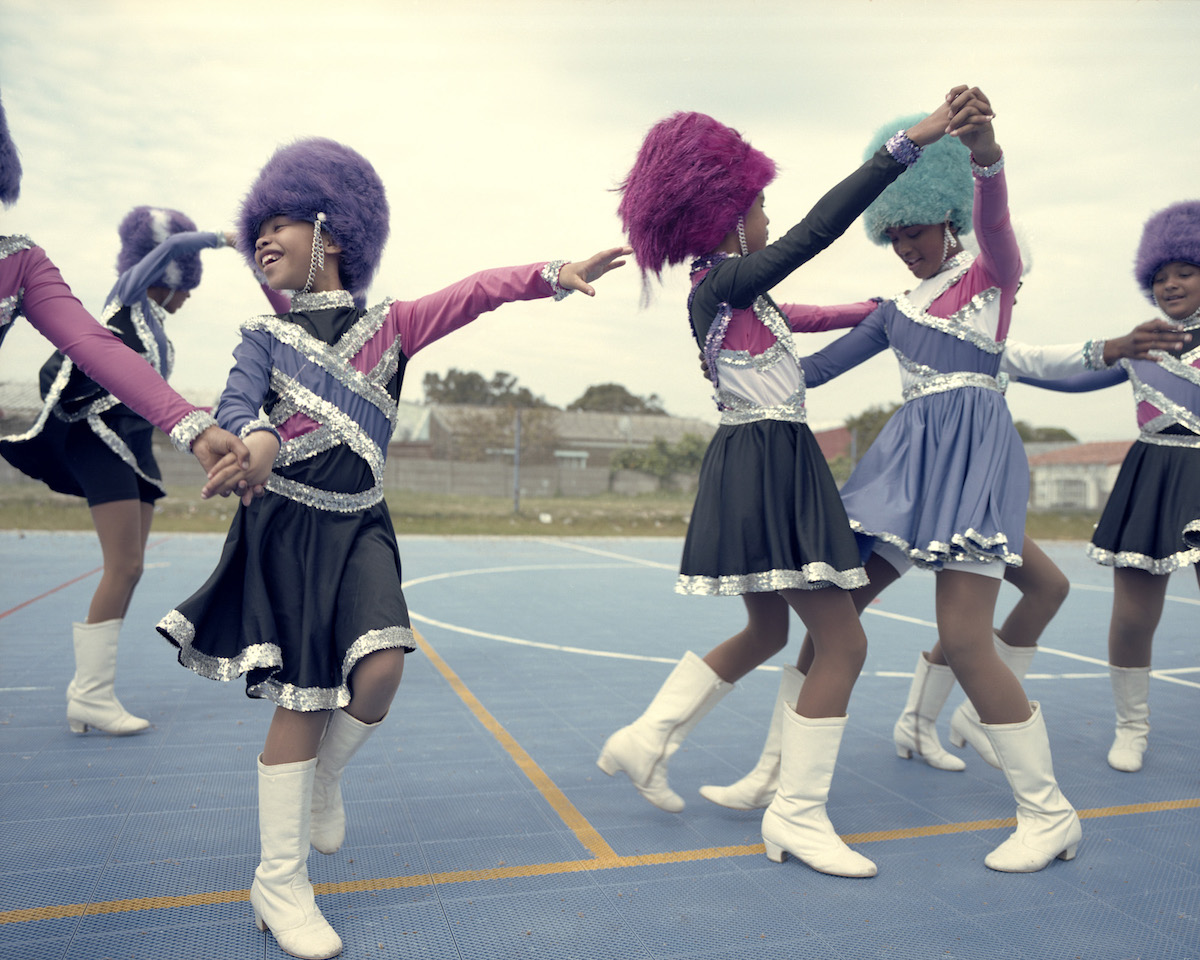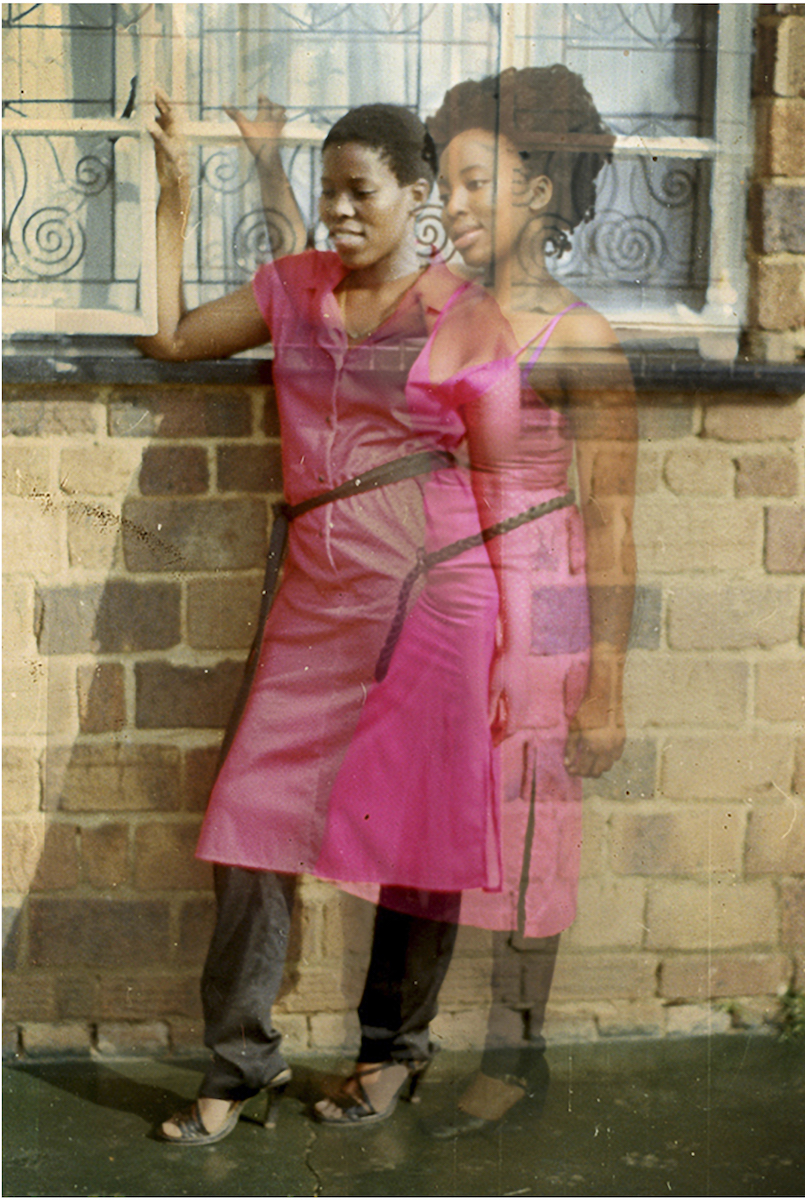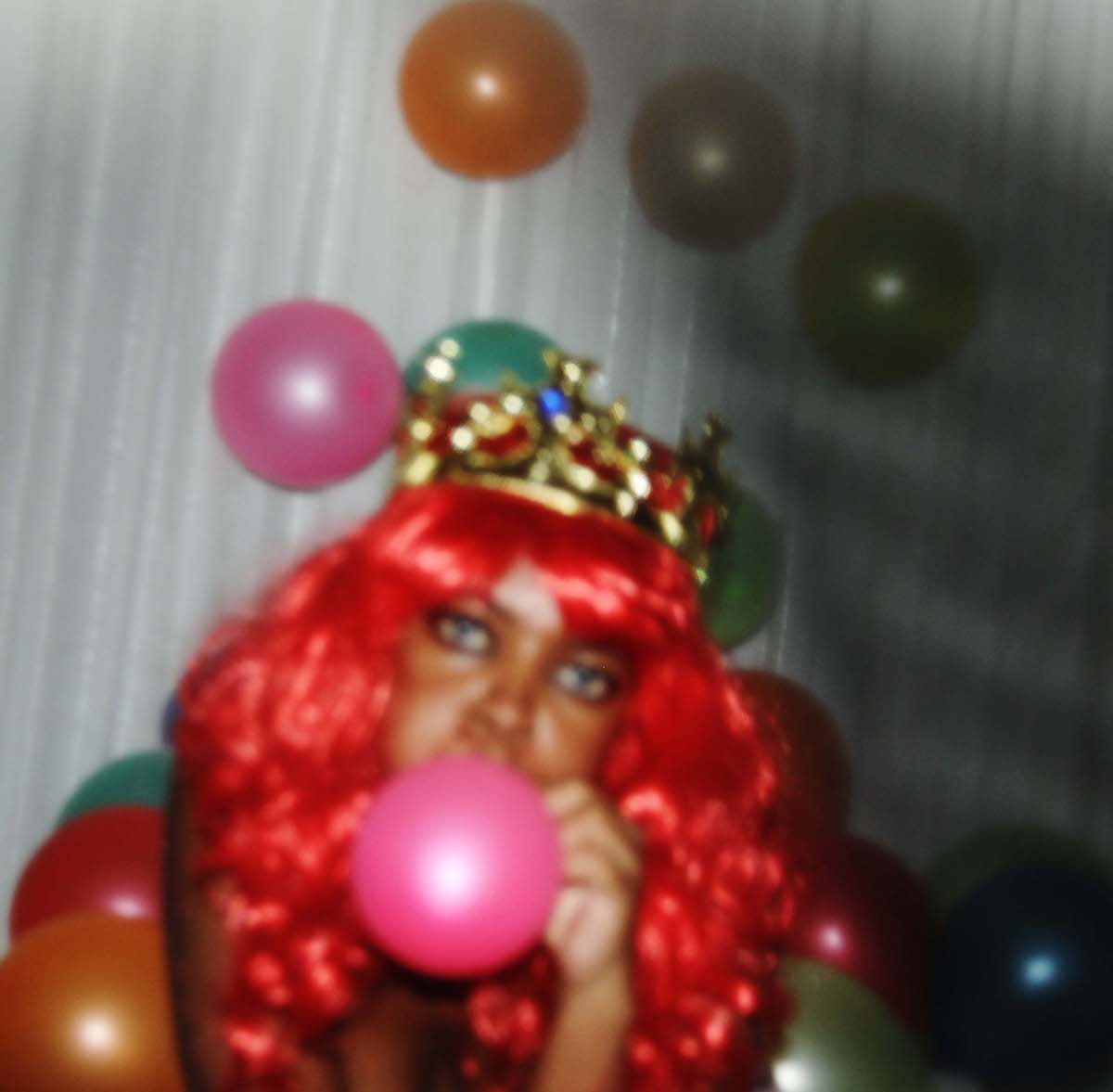Established in Johannesburg in 2005, Afronova became the first African gallery to show Malian master photographer Malick Sidibé in 2007 and Mozambican photojournalist Ricardo Rangel in 2008
After nearly half a century of virulent white supremacy, apartheid finally came to an end. On 27 April 1994, the new South African constitution went into effect, giving Black and other racial groups the right to vote. General elections were held, and two weeks later, on 10 May, Nelson Mandela became president.
Nobel Prize winner Archbishop Desmond Tutu famously coined the term “rainbow nation” to describe the promise of equality and unity in South Africa. Although that idea has yet to be realised, back in the ‘90s hope for a better future ran high. In 1995, Belgian art dealer Henri Vergon (1968–2020) arrived in Johannesburg for a three-month stay and found inspiration in the people who had fought so long for their freedom.
“After the sanctions had lifted, people were allowed to live normally and the art completely changed. People had been making resistance art, and now they were free to move inward and tell their own stories. Henri fell in love with the energy and decided to stay,” says Emilie Démon, director of Afronova Gallery.
Vergon opened Afronova in the Central Business District (CBD) in 2005. “During apartheid, the CBD was very bohemian but after Mandela was freed, all the white people moved to the suburbs,” says Démon. “When Henri opened the gallery in the CBD, all the other gallerists said, ‘Are you crazy? Collectors will never come to visit you.’ It wasn’t where the money was, but Henri wanted to be close to the heart of the city and the artists. Being white and having an art gallery with local artists was very political.”
Working with some of the most progressive and influential artists in South Africa and the Global South since 2005, Afronova became the first African gallery to show Malian master photographer Malick Sidibé in 2007 and Mozambican photojournalist Ricardo Rangel in 2008.
After Démon met Vergon in her native Japan in the early 2000s, the two wed and she accompanied him to South Africa in 2007. “I got involved with Afronova by going to student exhibition openings at the Market Photo Workshop,” she says. “I connected with artists and started to bring them in.” Démon soon joined the gallery and helped give it a new shape.
Inspired by their different backgrounds, sensitivities and fields of expertise — hers in art and cinema and his in art and urban rejuvenation — they brought a layered, non-linear approach to the gallery, favouring the hybrid expression of theatre, literature, film, poetry, and performance.
“When we started, Henri was working with Pan African artists,” says Démon, who notes the gallery closed its CBD space and moved to Braamfontein. “A city developer wanted to make it the cultural district, and we were invited to join at the very beginning when there was only one gallery and one bar. Now it’s the trendiest place, very gentrified.”
But, ultimately Vergon and Démon didn’t require a physical space to operate. They decided to focus exclusively on artists from Johannesburg including a new generation of photographers Lebohang Kganye, Phumzile Khanyile, Sibusiso Bheka and Alice Mann. “To lose the physical space liberated us. Instead of waiting for the collectors to come, we went to New York, London and Paris to meet the collectors,” says Démon.
“Instead of paying rent, we would inject the money into artists — but we don’t work with many artists because it’s a full commitment. When we meet an artist it has to click. We have to make sure they understand the long term strategy: art fairs, museum exhibitions, publications, and critical writing. We don’t adapt to the market; we create a market for each artist.”
Afronova also works with young artists to mentor them and provide them with the tools to understand the industry. “We can’t represent them all, but at least we can guide them,” says Démon, who shares her advice with us. “For young artists seeking gallery representation, I tell them the best way is to apply for awards and residencies. Even if they do not win, there may be that one person on the selection committee who falls in love with their work and invites them to be in an exhibition, write about them, or introduce them to a museum director. It’s all about creating connections in the community.”
The post In the Gallery with: Emilie Démon appeared first on 1854 Photography.



